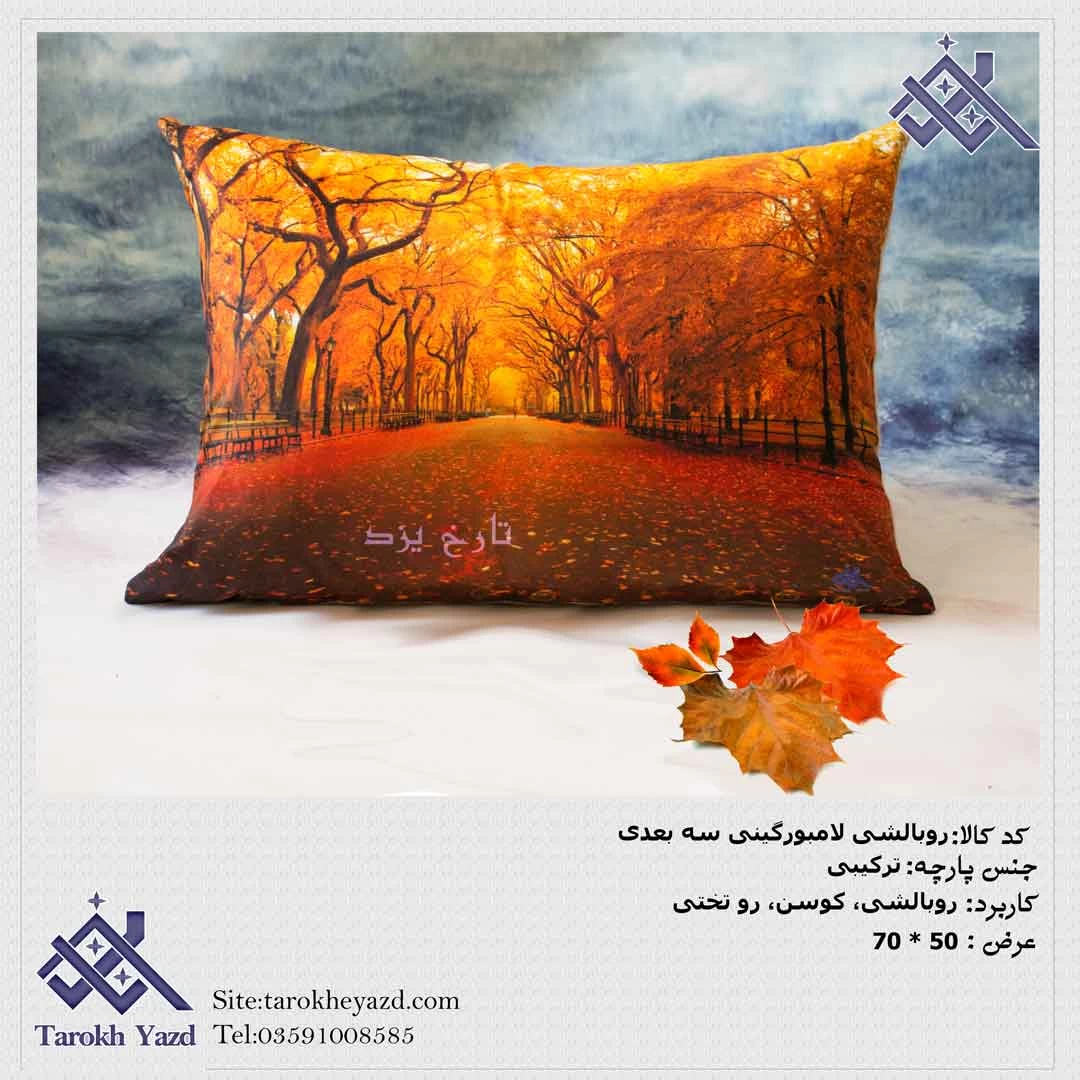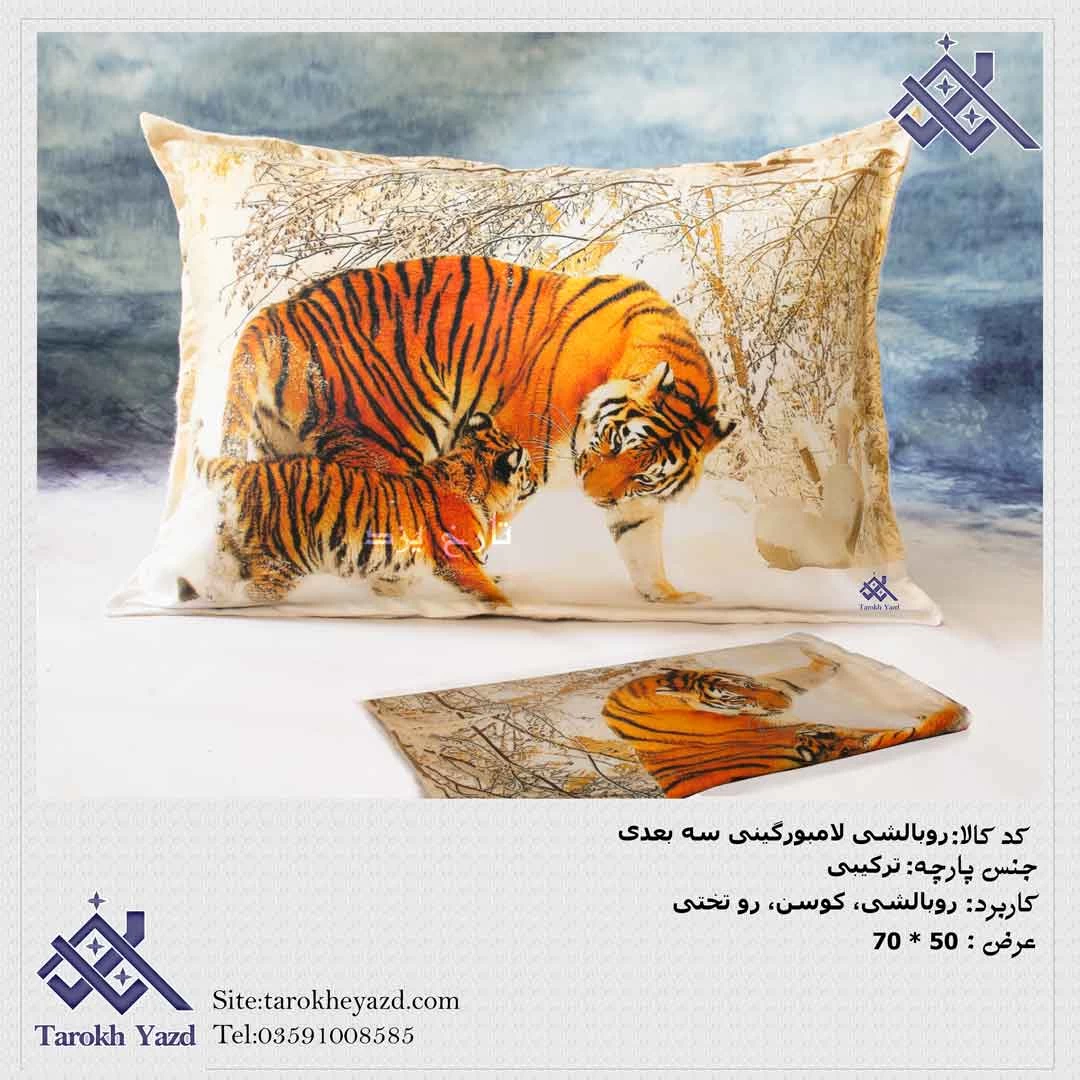Fabric
Fabrics play a crucial role in our daily lives, serving both functional and aesthetic purposes. In the early 2000s, traditional fabrics like cotton, wool, and silk continued to dominate the market, valued for their comfort and versatility. However, technological advancements led to the rise of innovative materials. Synthetics such as polyester gained popularity for their durability and affordability, while blends offered enhanced performance characteristics.
The fashion industry witnessed a surge in sustainable fabrics as environmental awareness grew. Organic cotton, bamboo, and recycled polyester became sought-after choices, reflecting a shift towards eco-friendly practices. High-performance fabrics, like moisture-wicking materials for activewear and smart fabrics embedded with technology, became prevalent, merging fashion with functionality.
Globalization facilitated the exchange of traditional textiles, introducing consumers to diverse cultural fabrics and weaving techniques. Additionally, 2000s fashion saw experimentation with unconventional materials like neoprene and faux leather, challenging traditional notions of textile use.
In summary, the fabrics of the 2000s mirrored a dynamic interplay between tradition and innovation, blending comfort, style, and sustainability in response to evolving consumer preferences and technological progress.
Fabrics in the 2000s were extensively used in a wide range of products, reflecting the diverse applications and demands of various industries. In the fashion realm, fabrics were employed in clothing items such as dresses, shirts, pants, and outerwear. The emergence of performance fabrics led to advancements in sportswear, with moisture-wicking materials and breathable fabrics enhancing athletic apparel.
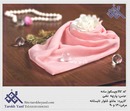
The home textiles industry utilized fabrics for bed linens, curtains, upholstery, and decorative items. Innovations in textiles also found applications in the production of technical textiles for sectors like automotive, where fabrics played a role in interior design and seat covers.
Additionally, fabrics were integral to the production of accessories like bags, hats, and scarves. The evolution of smart fabrics saw integration with wearable technology, influencing the design of items such as fitness trackers and smart clothing.
Moreover, fabrics were essential in the manufacturing of diverse products like tents, luggage, and even medical textiles for items such as bandages and surgical gowns. The adaptability and versatility of fabrics allowed them to be a cornerstone in numerous consumer and industrial goods during the 2000s.
Fabrics offer a multitude of advantages that contribute to their widespread use across various products and industries. Key advantages include:
1. Versatility: Fabrics are adaptable to diverse applications, from clothing and home textiles to industrial and technical uses, showcasing their versatility.
2. Comfort: Natural fabrics like cotton and wool provide comfort in clothing, while advancements in synthetic materials offer improved breathability, moisture-wicking, and temperature regulation.
3. Durability: Many fabrics, especially synthetics, are known for their durability and resistance to wear and tear, extending the lifespan of products.
4. Aesthetics:Fabrics contribute to the visual appeal of products, allowing for a wide range of colors, patterns, and textures, enhancing the overall design.
5. Functionality: Technical fabrics with specialized properties, such as water resistance, UV protection, or antimicrobial features, cater to specific needs in various industries, including outdoor gear and healthcare.
6. Sustainability:The rise of eco-friendly fabrics promotes sustainable practices, reducing environmental impact. Organic cotton, recycled polyester, and bamboo fabrics are examples of more environmentally conscious choices.
7. Innovation:Fabrics have been at the forefront of innovation, with the development of smart textiles incorporating technology for applications in wearable devices and interactive clothing.
8. Cultural Expression:Fabrics often serve as a means of cultural expression, with different regions showcasing unique weaving techniques, patterns, and traditional textiles, fostering diversity and appreciation for cultural heritage.
In summary, the advantages of fabrics lie in their adaptability, comfort, durability, aesthetic appeal, functionality, sustainability, role in innovation, and cultural significance.
fabrics play a significant role in home furniture. They are widely used for upholstery, covering items such as sofas, chairs, and ottomans. The choice of fabric can greatly impact the comfort, style, and durability of furniture pieces. Different types of fabrics, including natural fibers like cotton and linen or synthetic materials like polyester and microfiber, offer various characteristics suitable for diverse furniture applications.
Upholstery fabrics not only contribute to the overall aesthetic of the furniture but also influence its tactile feel and durability. Consumers often consider factors such as color, pattern, texture, and ease of maintenance when selecting upholstery fabrics for their home furniture.
Additionally, fabrics are used in other home textile applications, including curtains, drapes, bed linens, and decorative pillows. These elements contribute to the overall interior design, creating a cohesive and visually appealing living space.
In summary, fabrics are integral to home furniture, enhancing both the functionality and aesthetics of items within the living environment.
fabrics are a fundamental component in the fashion industry, and they play a crucial role in clothing. The choice of fabric influences the comfort, style, and functionality of garments.

Different types of fabrics cater to diverse clothing needs and preferences:
1. Cotton: Known for its breathability and comfort, cotton is widely used in casual wear, t-shirts, and undergarments.
2. Wool: Recognized for its warmth, wool is commonly used in sweaters, suits, and outerwear, providing insulation in colder climates.
3. Polyester: A synthetic fabric, polyester is popular for its durability, wrinkle resistance, and moisture-wicking properties. It's often used in activewear and sportswear.
4. Silk: Celebrated for its luxurious feel and sheen, silk is used in elegant and formal wear, including dresses and evening gowns.
5. Denim:Cotton denim is a durable fabric synonymous with jeans, offering a rugged and versatile style.
The diversity of fabrics allows for a wide range of clothing styles, meeting the demands of different climates, occasions, and fashion preferences.
Fabrics can be made from various materials, both natural and synthetic. Here's a brief overview of the common sources for fabric production:
1. Cotton: Derived from the fibers of the cotton plant's seed, cotton is a natural fiber widely used in textile production. It's known for its breathability and softness.
2. Wool: Obtained from the fleece of sheep, goats, or other animals, wool is a natural fiber valued for its warmth and insulating properties.
3. Silk:Produced by silkworms, silk is a natural protein fiber. The silk threads are carefully extracted and woven into luxurious, smooth fabrics.
4. Linen: Made from the fibers of the flax plant, linen is a natural textile known for its lightweight and breathable qualities.
5. Synthetic Fibers (e.g., Polyester, Nylon, Spandex): These are man-made fibers produced through chemical processes. Polyester and nylon are often used for their durability and wrinkle resistance, while spandex provides stretch.
These materials undergo various processes such as spinning, weaving, or knitting to create the fabrics used in clothing, home textiles, and other applications. The choice of material often depends on the desired characteristics and the intended use of the fabric.
Fabrics in the 2000s were extensively used in a wide range of products, reflecting the diverse applications and demands of various industries. In the fashion realm, fabrics were employed in clothing items such as dresses, shirts, pants, and outerwear. The emergence of performance fabrics led to advancements in sportswear, with moisture-wicking materials and breathable fabrics enhancing athletic apparel.

fabrics play a significant role in home furniture. They are widely used for upholstery, covering items such as sofas, chairs, and ottomans. The choice of fabric can greatly impact the comfort, style, and durability of furniture pieces. Different types of fabrics, including natural fibers like cotton and linen or synthetic materials like polyester and microfiber, offer various characteristics suitable for diverse furniture applications.

FAQs
What makes fabric quality?
Fiber type, weave, and finishing.
What is fabric made of?
Natural fibers (cotton, wool, silk) or synthetics (polyester, nylon), and blends.
What is the highest quality fabric?
Subjective, but silk, cashmere, and high-grade cotton often considered top-tier.
Which fabric is best for daily use?
Cotton or cotton blends – comfortable, breathable, and versatile for daily wear.
 +7929688-88-14
+7929688-88-14

 English
English
 Persian
Persian
 Russian
Russian
 Chinese
Chinese


 +7929688-88-14
+7929688-88-14

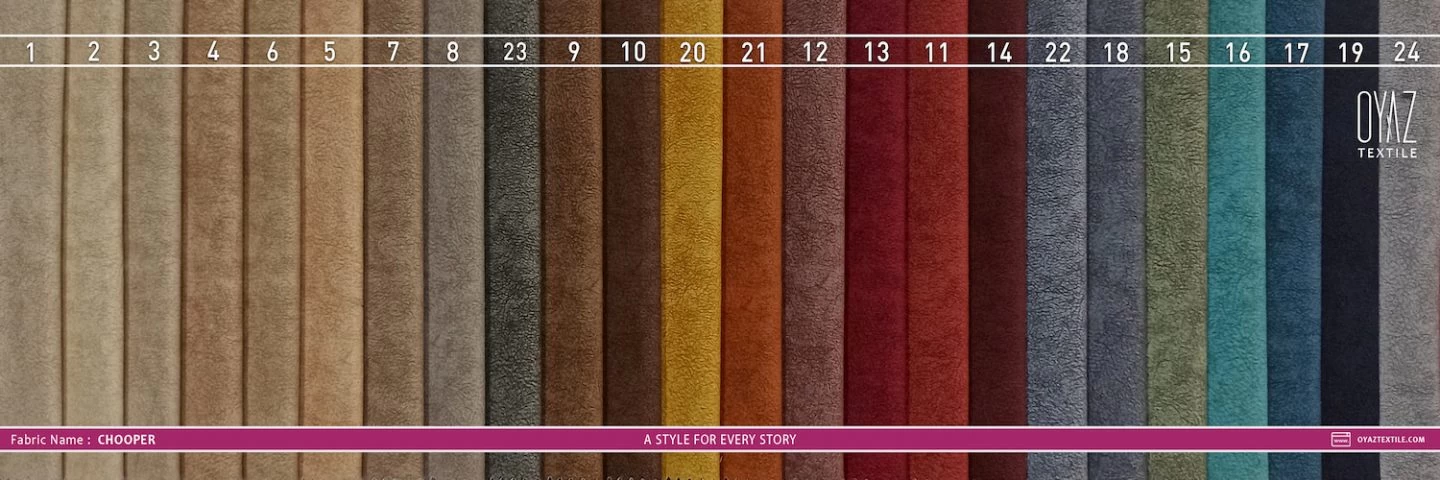

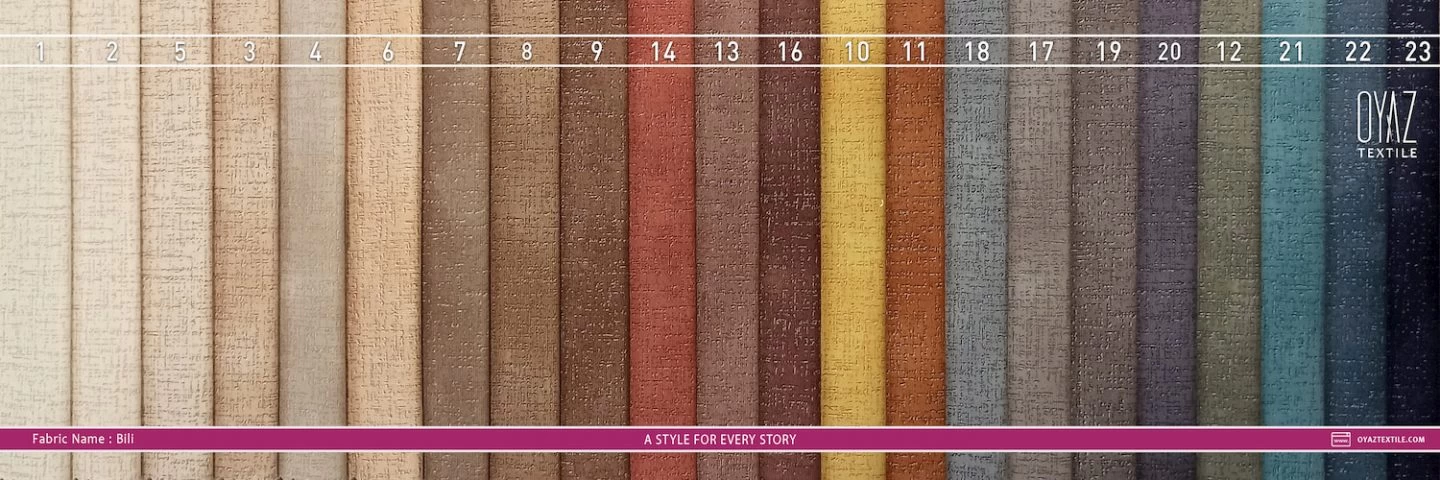
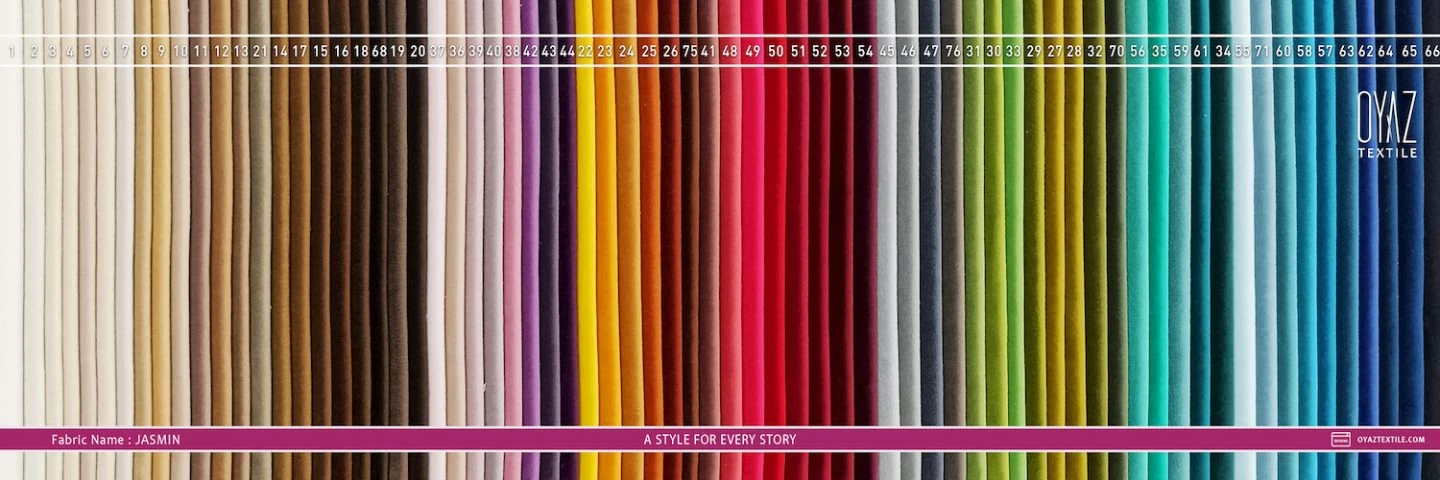
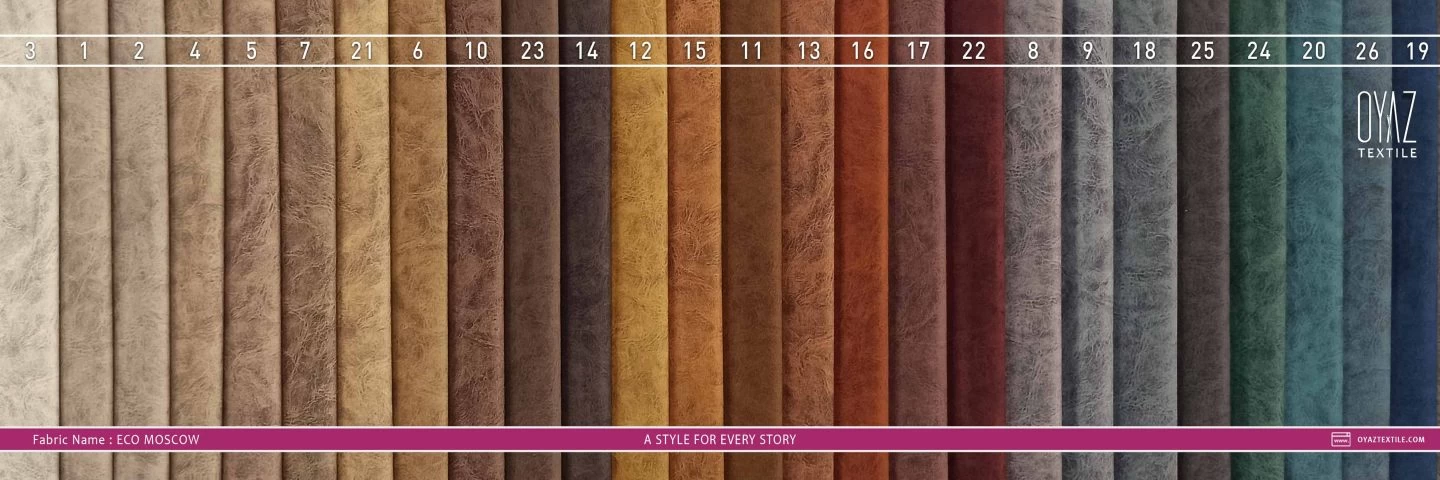
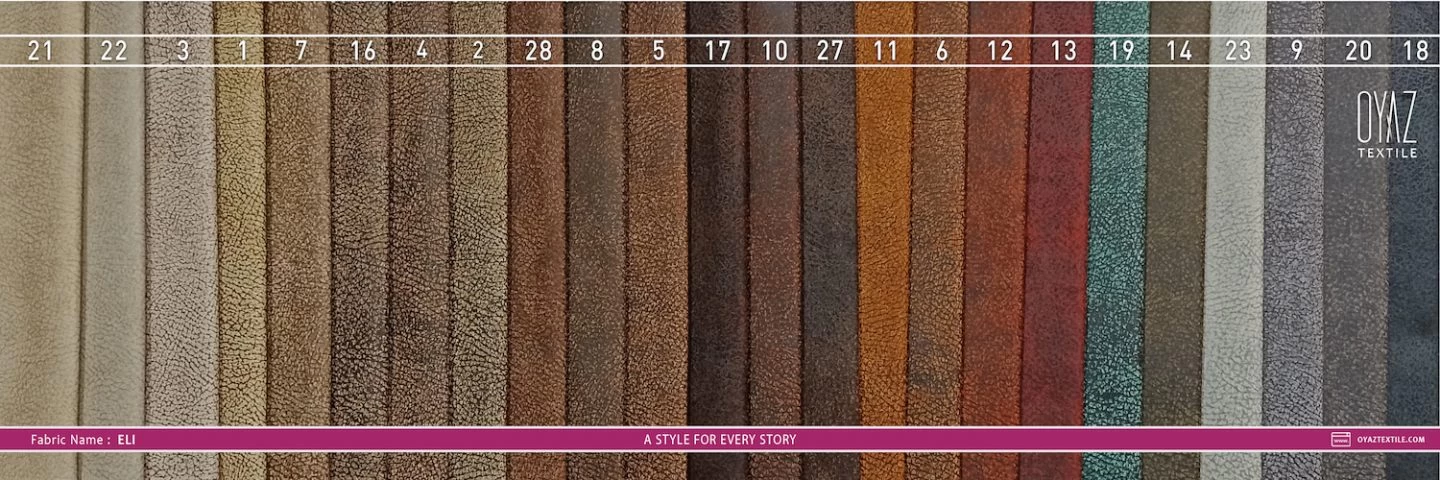
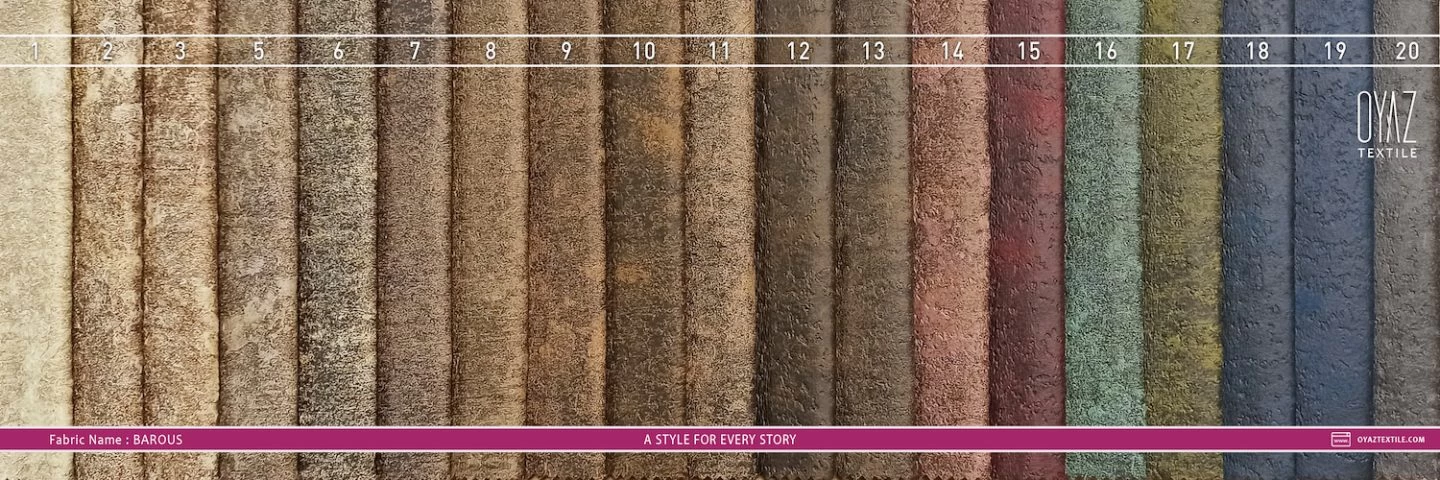
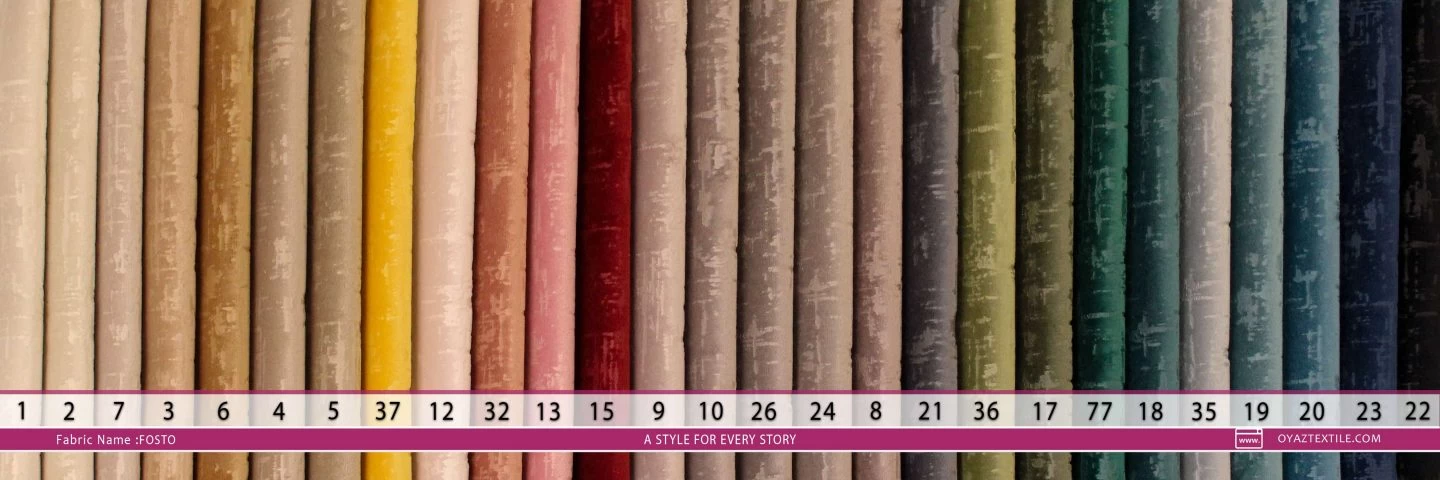
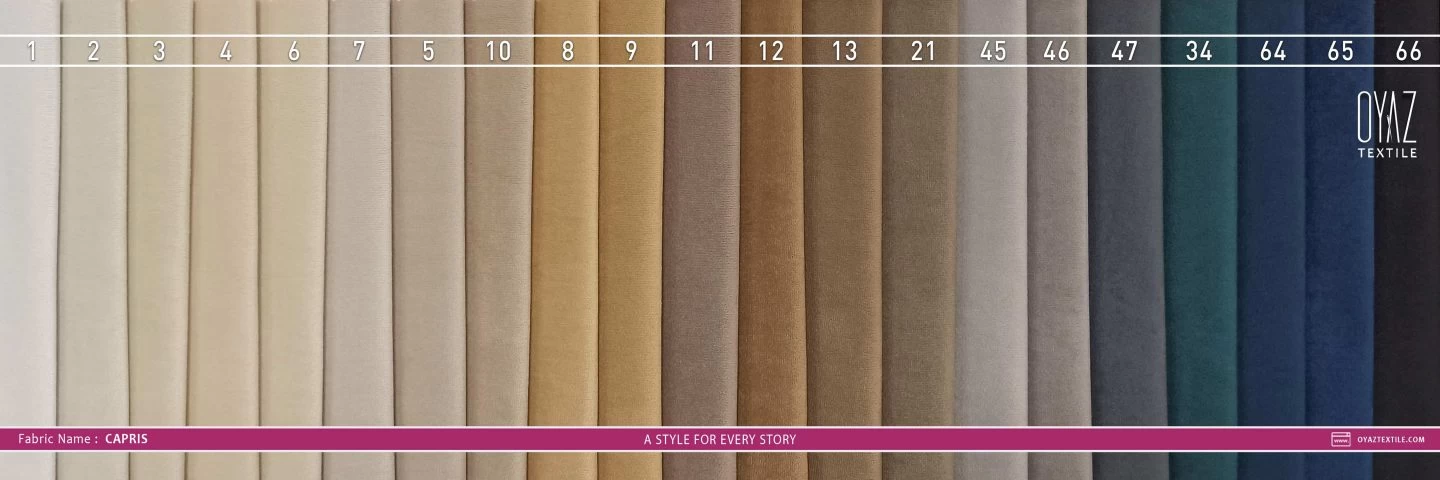
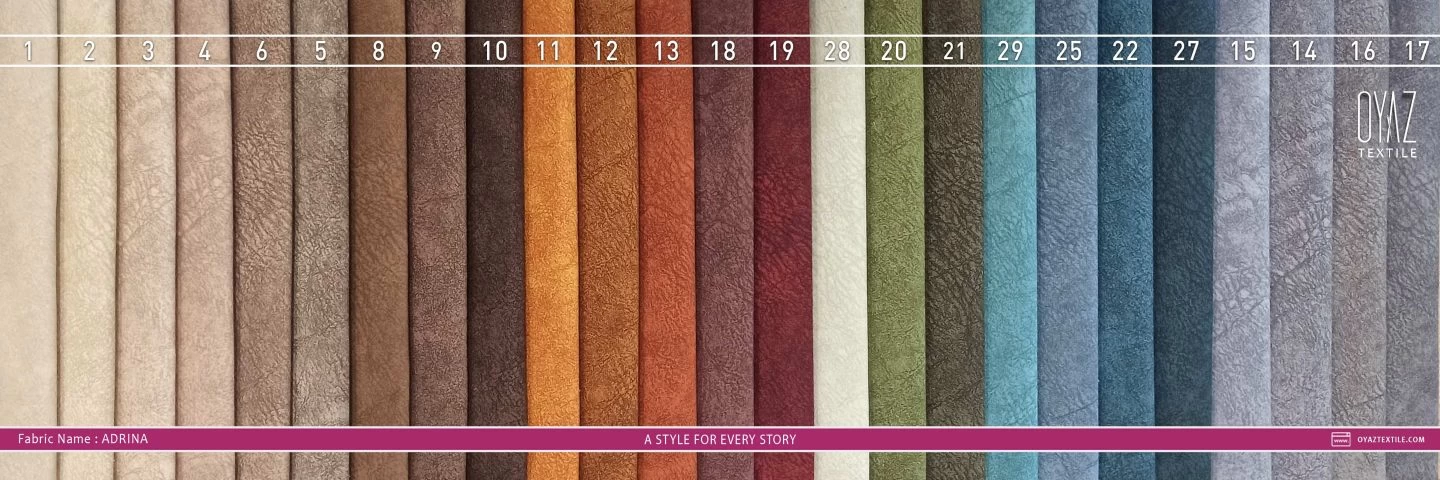
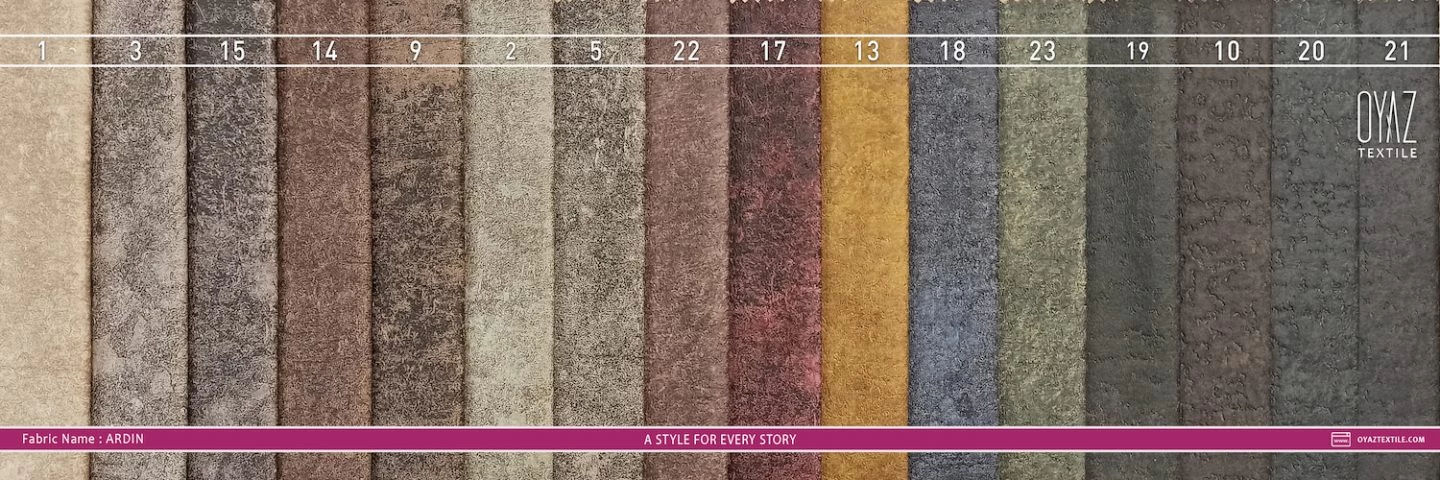
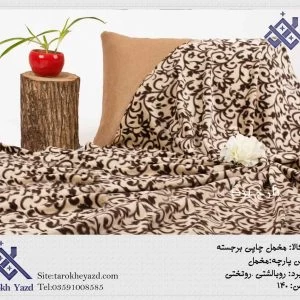
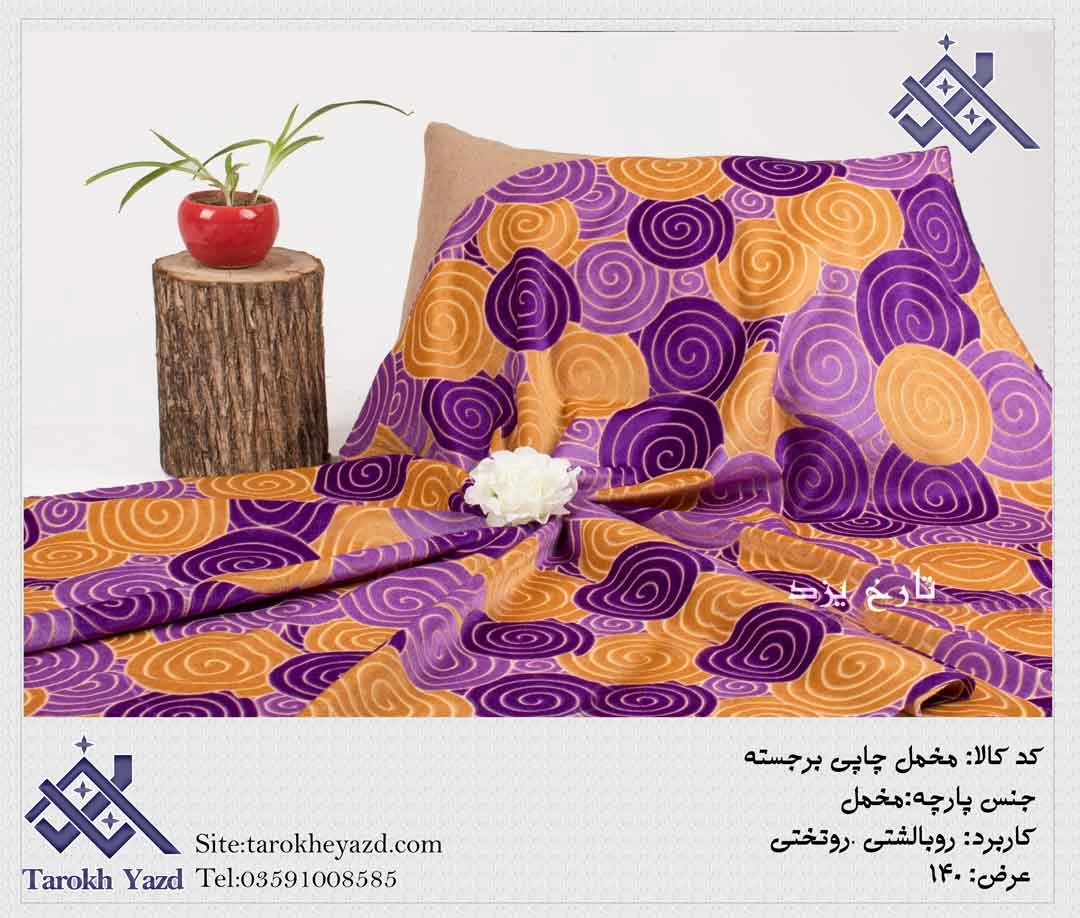
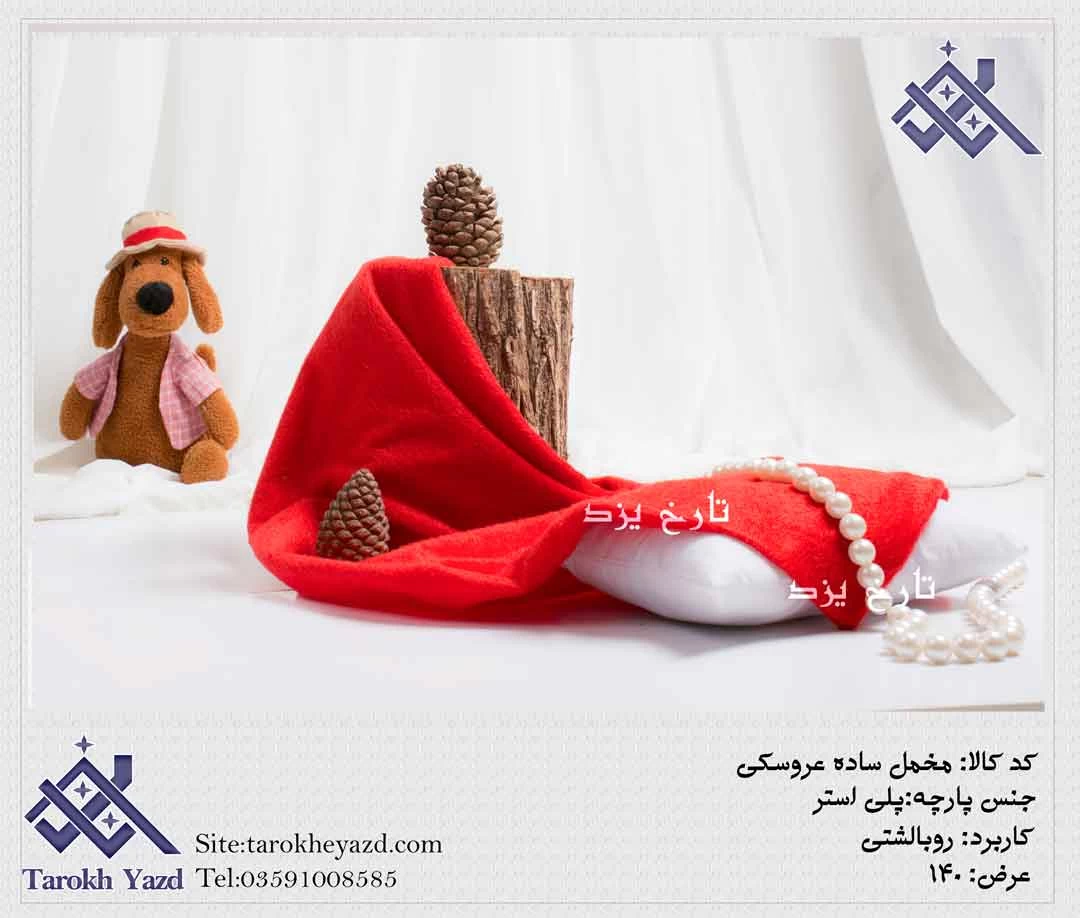
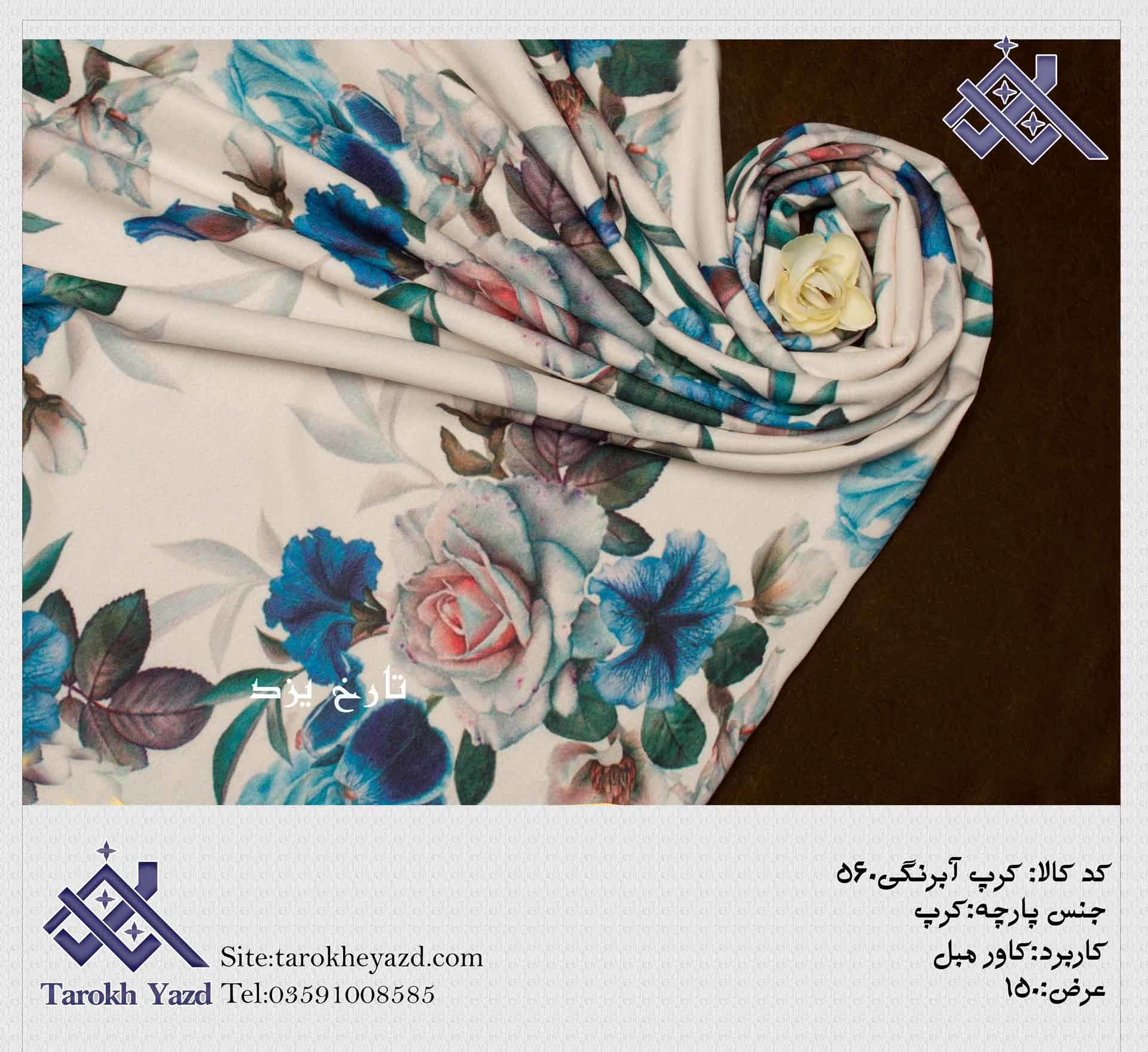
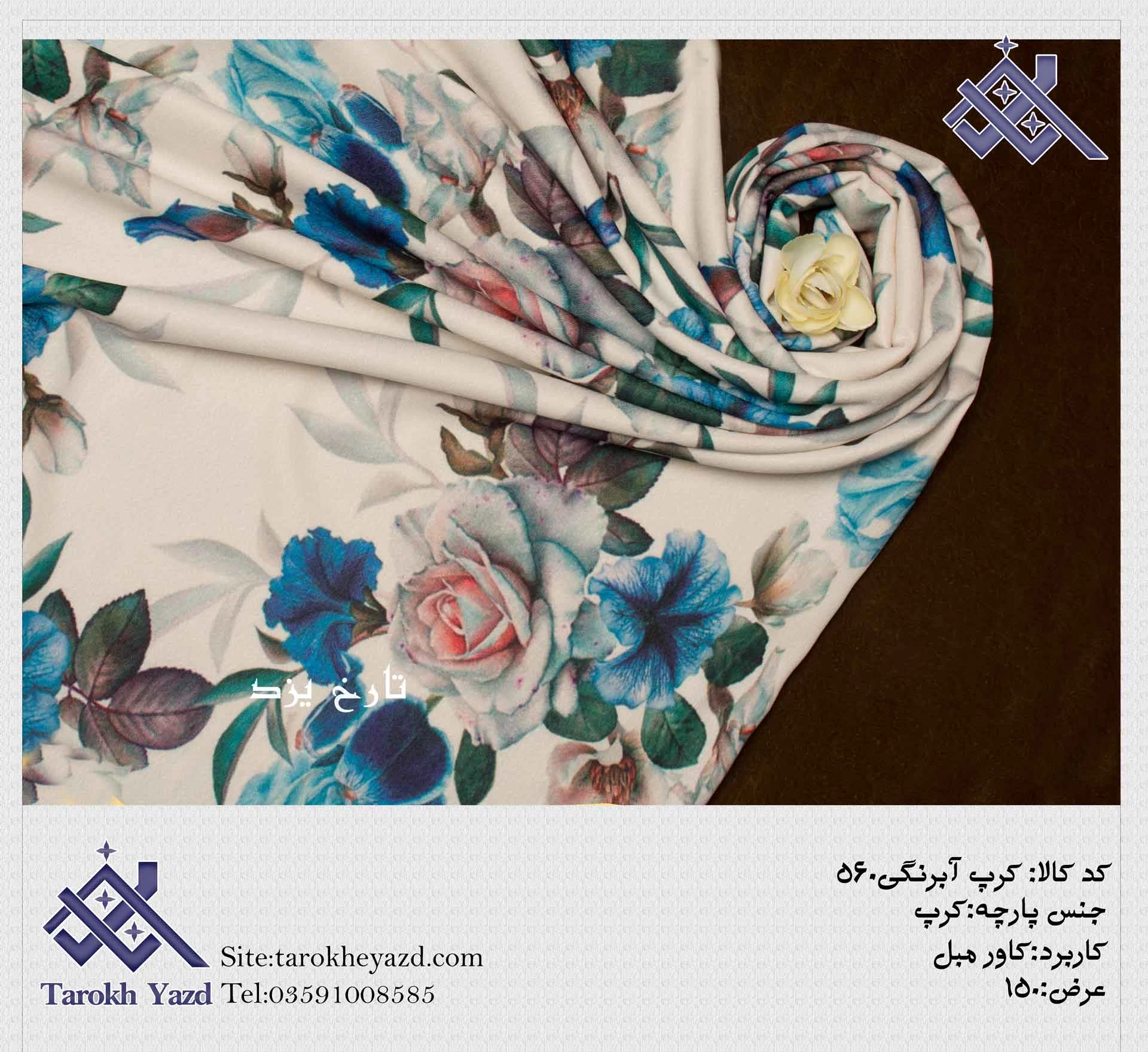
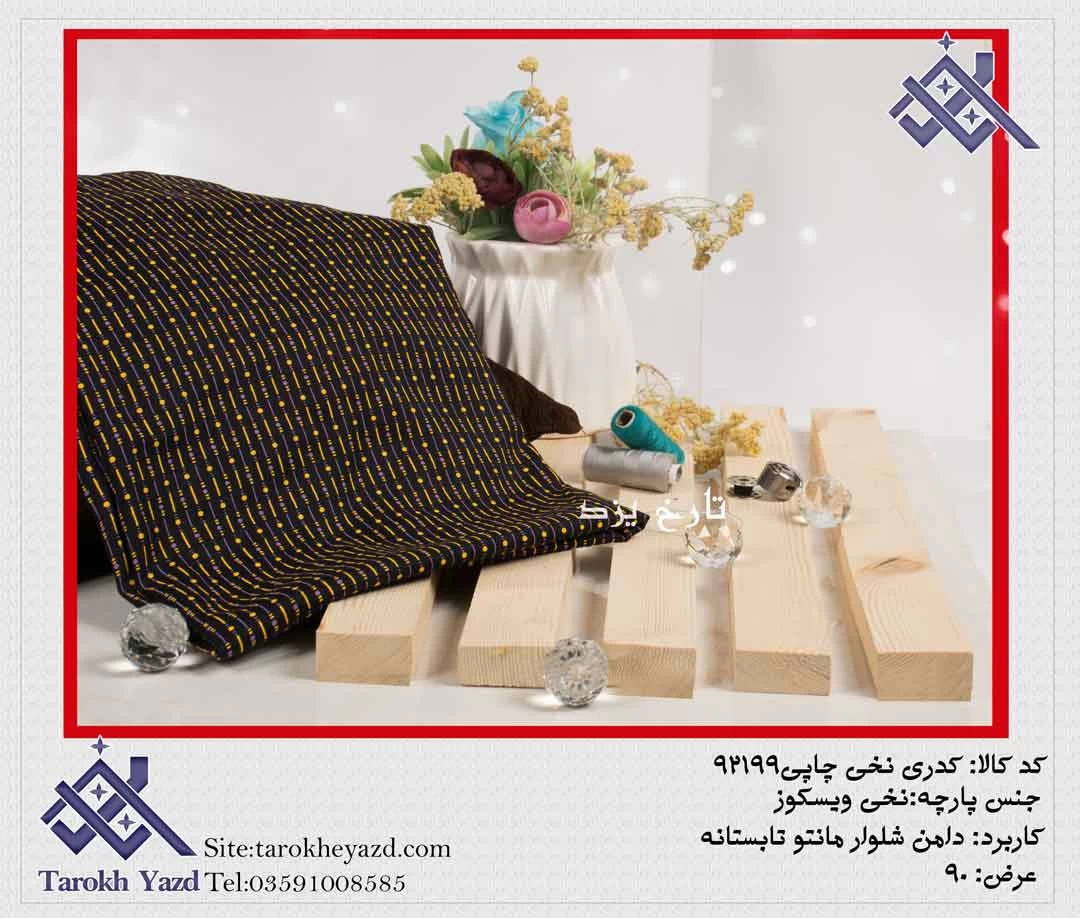
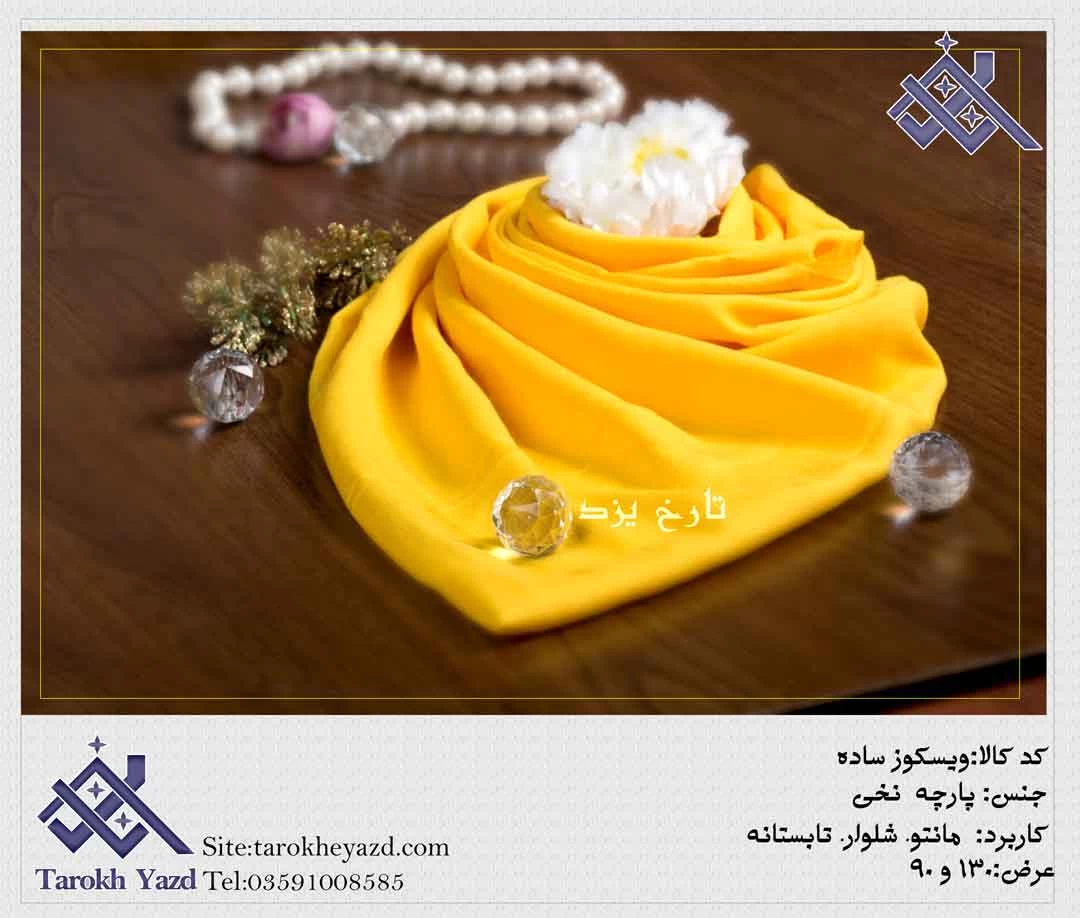
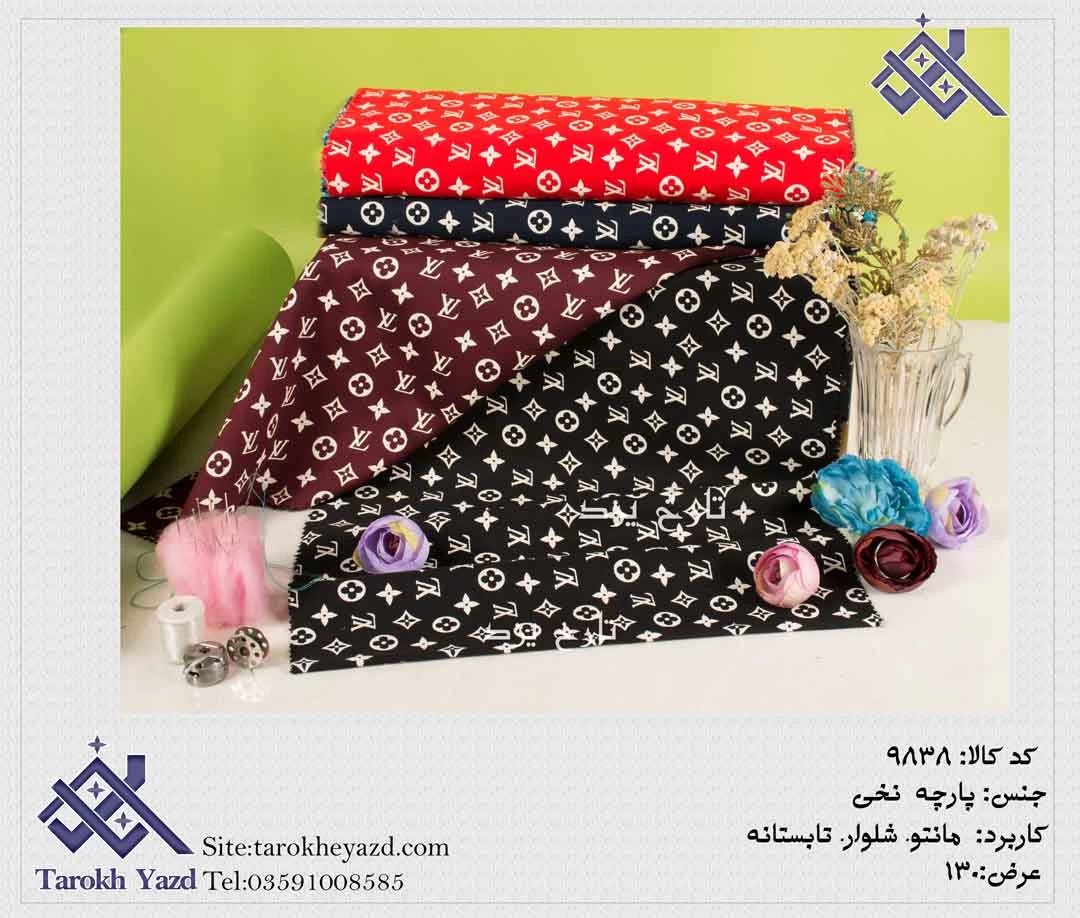
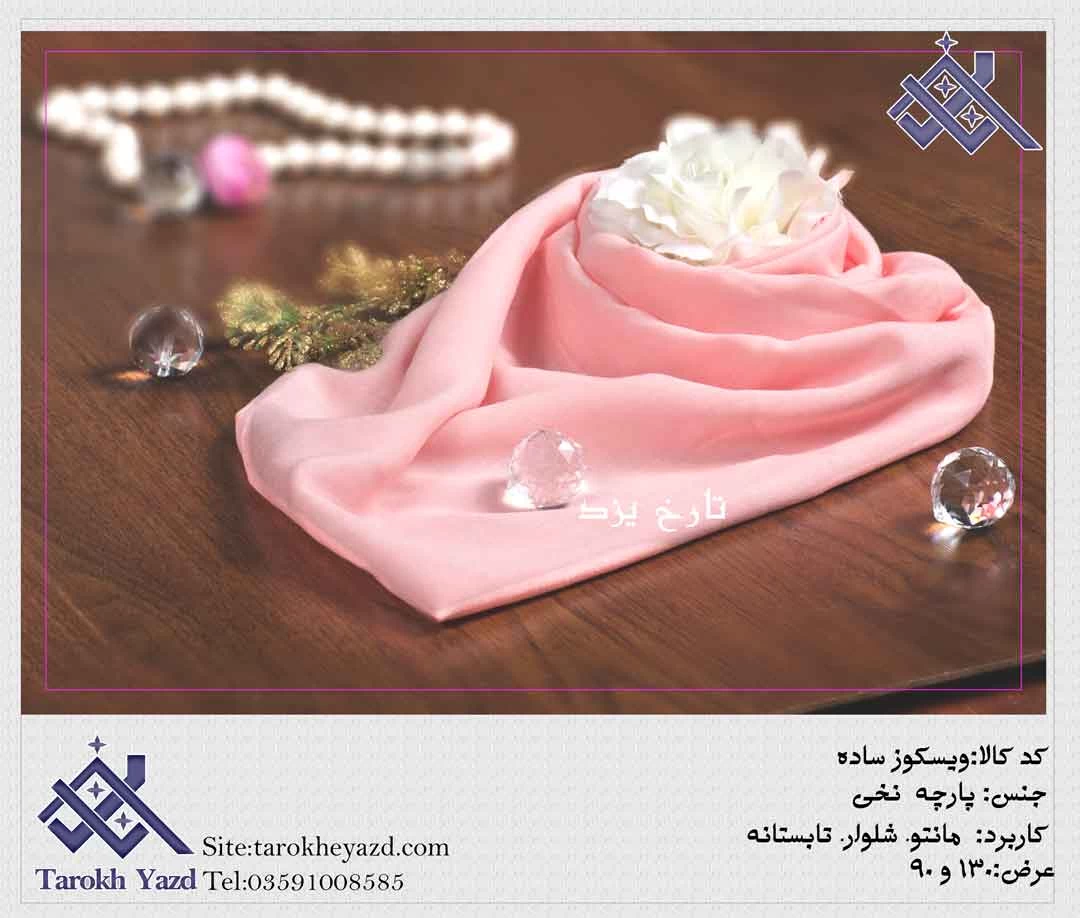
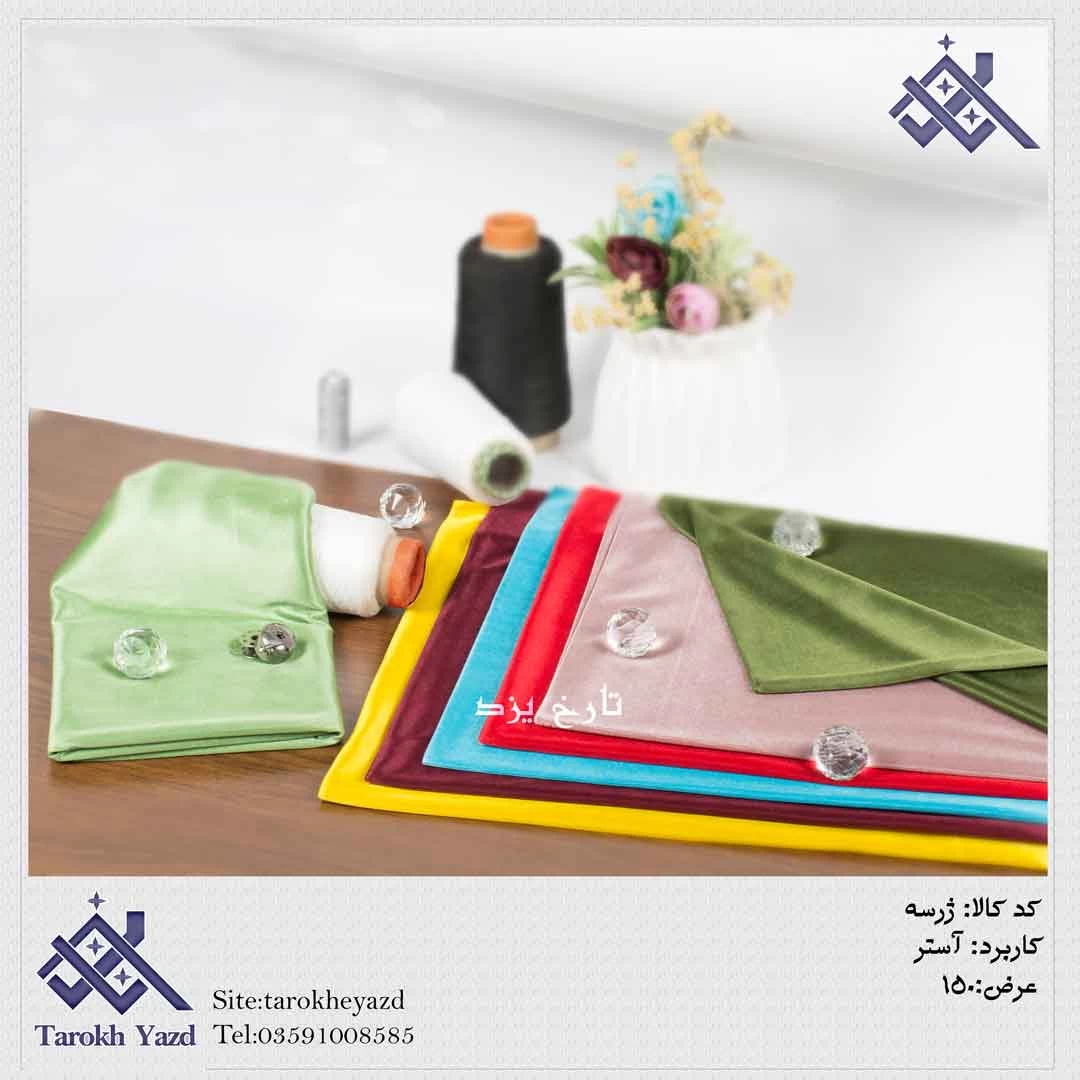
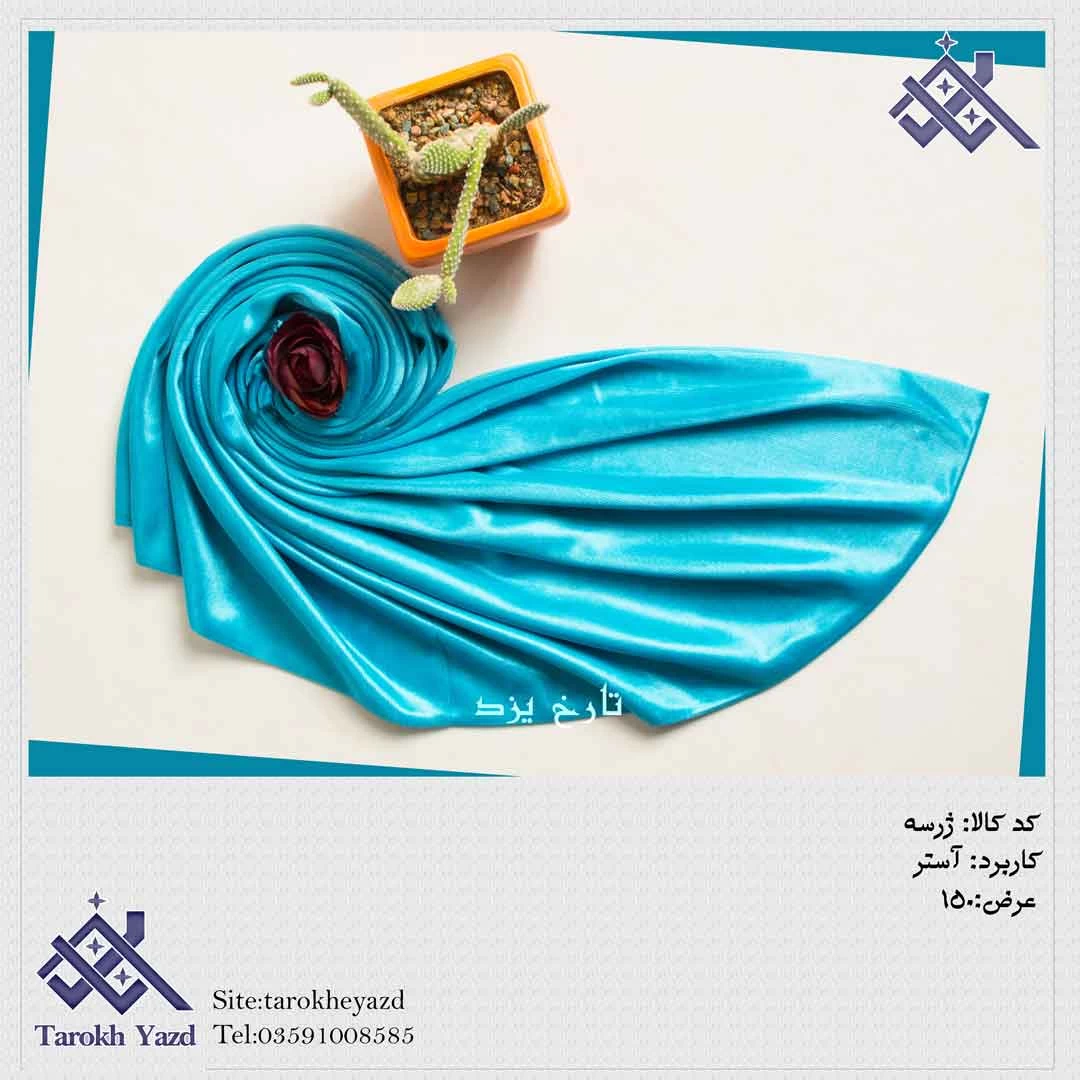
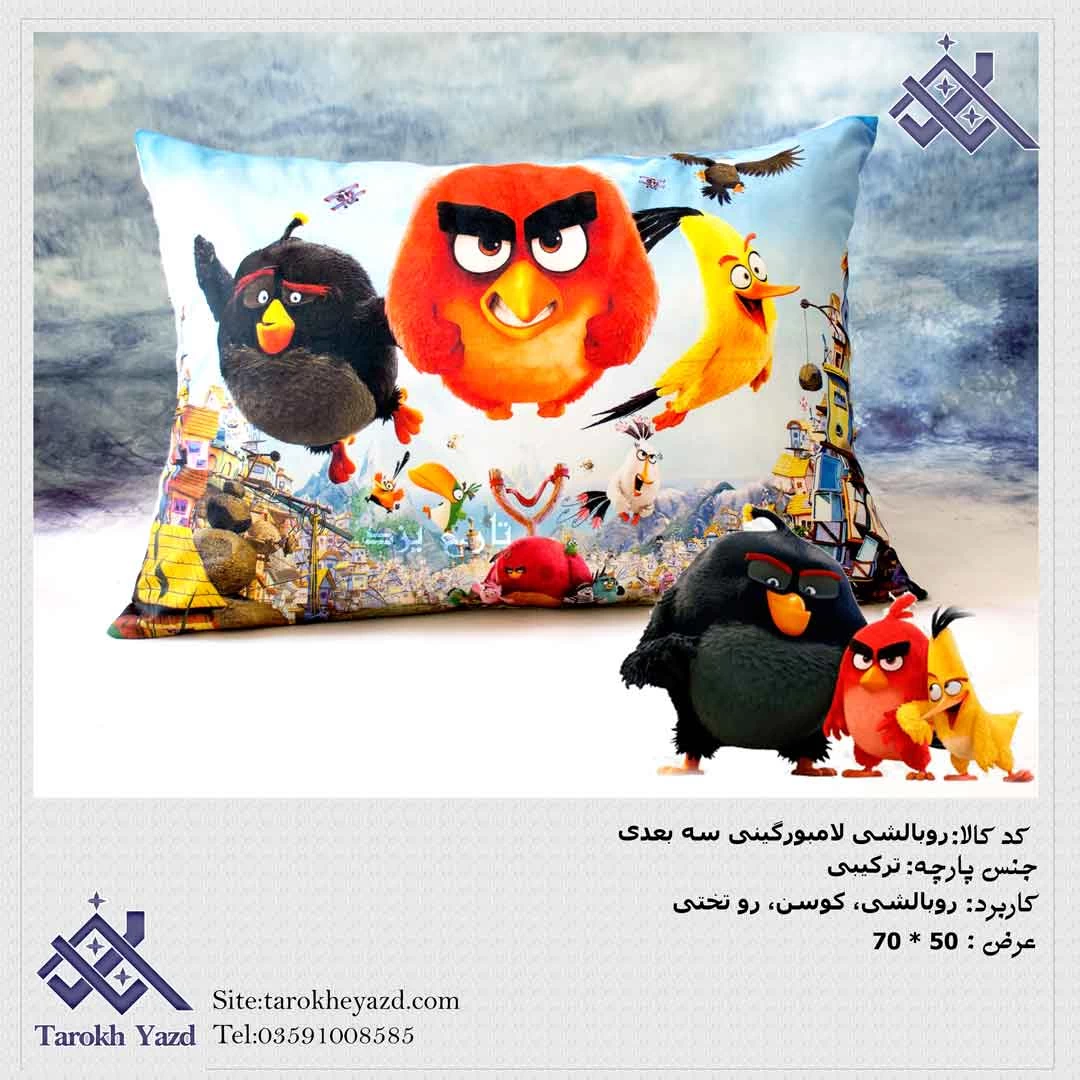
.webp)
